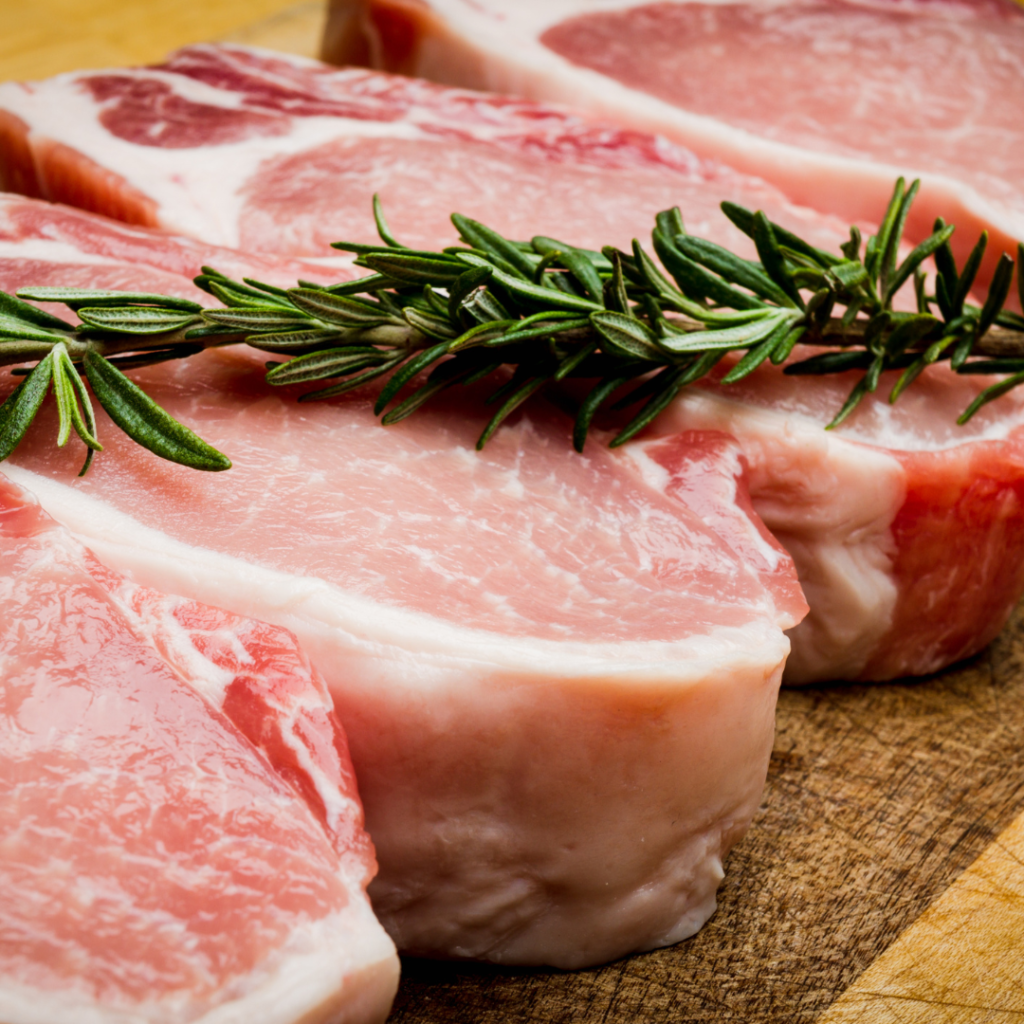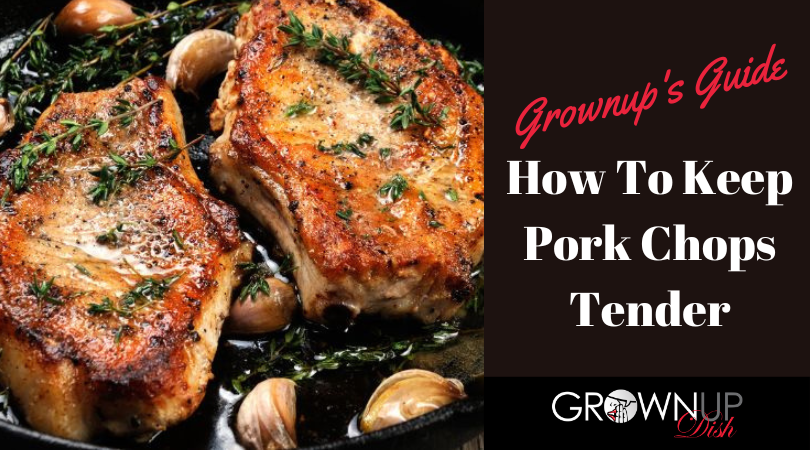Growing up, I wasn’t a fan of pork chops. To me, they tasted and felt like shoe leather. I was very surprised to learn as an adult that pork chops can actually be quite tender and juicy, if you know what you’re doing. Here are my tips and tricks for keeping pork chops tender.
Know Your Cuts
Pork chops can vary widely in thickness and flavor, so choose your cuts wisely. Shoulder and sirloin chops are the ones most likely to end up dry and tough, so watch out for those. Keep to loin, rib, and center-cut pork chops if you want your pork tender and delicious.
Thickness Matters
While the type of cut is most likely to determine whether your pork chops will be tough or tender, thickness also plays an important role. Any cut of pork can be ruined if you overcook it, which is much harder to do with a thick cut than a thin one. I personally recommend getting pork chops that are thick versus wide.
Don’t Overcook
The most important trick for keeping pork chops tender is to avoid overcooking them. The USDA used to recommend cooking pork until it reached an internal temperature of 160 degrees Fahrenheit; as of 2020, the recommended temperature has been lowered to 145 degrees. Sear your pork chops on each side until they are golden brown, then cover with a lid until done for best texture and flavor.
Avoid Curling
Boneless pork chops tend to curl, which makes it more difficult to cook them evenly. To avoid this problem, snip the band of fat around the chops with a pair of kitchen shears to keep them lying flat.

Brining (or Marinading) Pork Chops
Brining is the secret to amazingly tender pork chops. A basic brine is essentially just salt and water, but you can add all kinds of herbs, spices, and other seasonings to tenderize and jazz up your chops. My favorite pork marinade works for any type of pork and it adds a lovely complex flavor. Let the chops sit in the brine for an hour or two, then rinse and pat dry before cooking.
Favorite Pork Recipes
Pork chops are a quick and healthy addition to add protein to any meal. Keep them juicy and tender with these simple tricks.
PIN IT!


